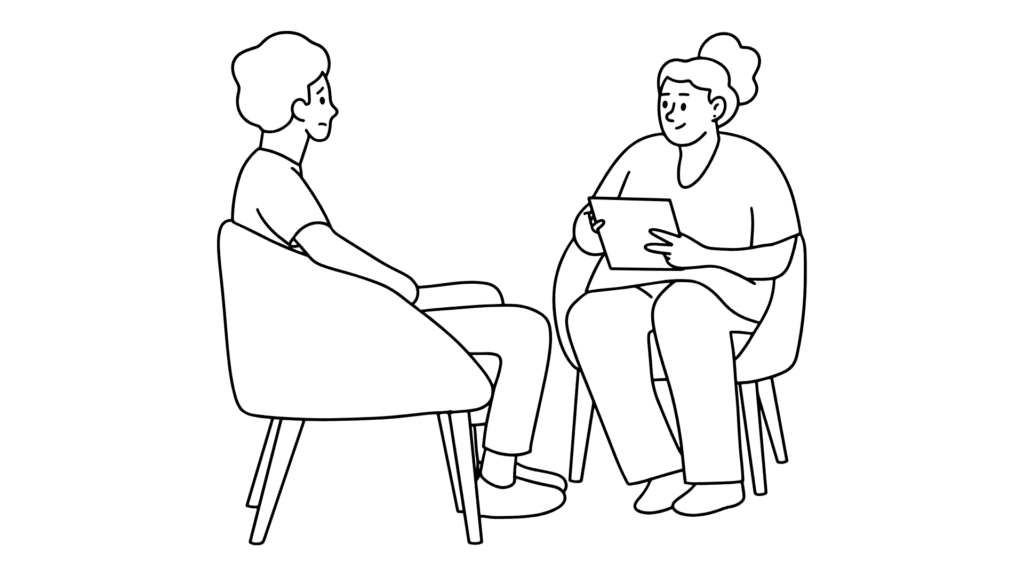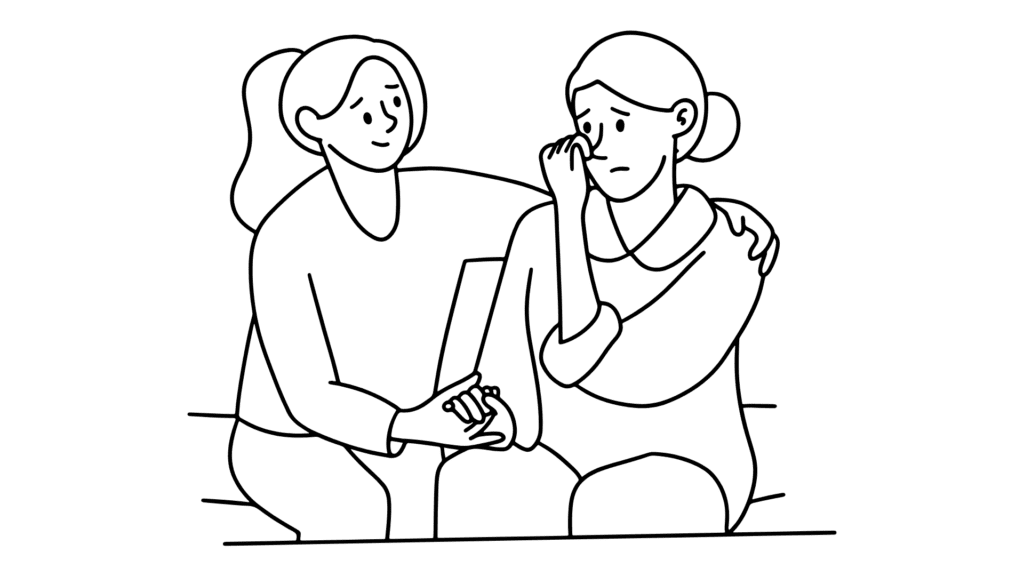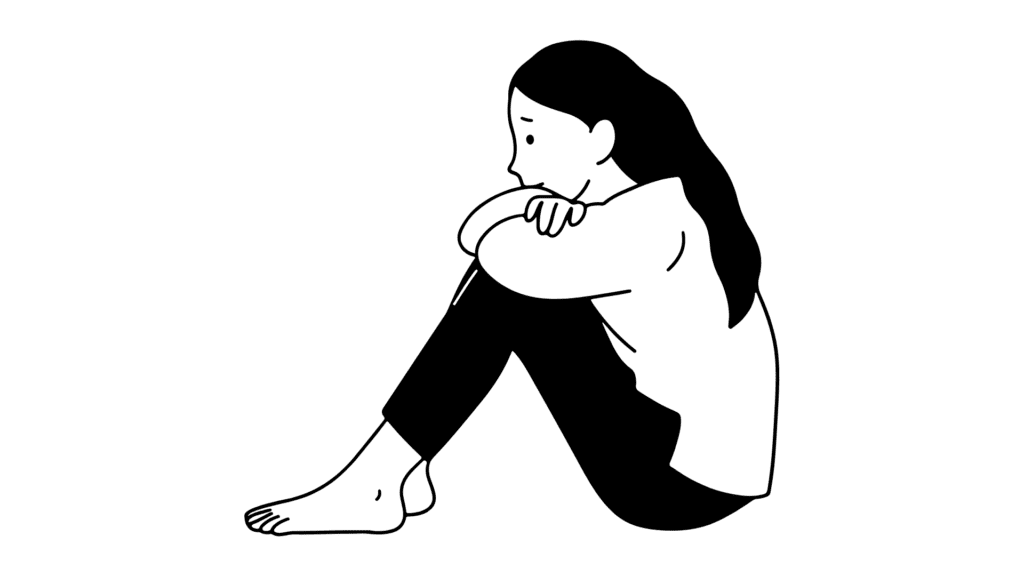How Long Is an Inpatient Mental Health Stay? The Complete Guide

Ever wondered how long you’d be away from home if you or a loved one needed inpatient mental health treatment? 🏥
It’s one of those questions that doesn’t have a simple answer – kind of like asking “how long is a piece of string?” But don’t worry, I’ve got you covered with the real deal on inpatient stays.
The Short Answer
Inpatient mental health stays vary widely depending on several factors, but here’s the general breakdown:
- Hospital-based inpatient care: Typically lasts from 24 hours to 30 days, with the average adult stay being about 5-7 days
- Residential treatment programs: Usually range from 30 to 90 days, sometimes extending longer for complex cases
The days of weeks-long hospital stays that were common decades ago are now pretty rare. Today’s mental health system focuses on stabilization in the hospital setting, followed by transition to less restrictive environments.
Hospital vs. Residential Treatment: What’s the Difference?

First, let’s clear up some terminology confusion:
Hospital Inpatient Care is the most intensive treatment level, typically taking place in:
- A psychiatric unit within a general hospital
- A dedicated psychiatric hospital
Residential Treatment occurs in a more home-like setting with 24/7 support but less medical intensity than a hospital.
While hospital stays are usually shorter-term (focusing on crisis stabilization), residential treatment provides a longer therapeutic environment for deeper healing.
Factors That Influence Length of Stay

Why might one person stay for 3 days while another stays for 3 weeks? Several key factors come into play:
1. Severity and Type of Mental Health Condition
Different conditions often require different lengths of treatment:
- Depression: Typically 30-60 days in residential treatment
- Anxiety Disorders: Usually 30-90 days
- Bipolar Disorder: Often 60-90 days or longer
- Psychotic Disorders: Frequently require longer stays
2. Treatment Response
How quickly you respond to treatment makes a huge difference:
- Rapid improvement may lead to earlier discharge
- Slower progress might necessitate a longer stay
3. Service-Level Factors
Interestingly, it’s not just about your condition – how the treatment facility operates matters too:
- Short-stay assessment wards significantly reduce length of stay
- Out-of-area admissions tend to lead to longer stays
- Locum consultant care or changing doctors during treatment often extends stays
- Ward transfers typically increase time spent in treatment
4. Discharge Planning Needs
Where you’re going after treatment significantly impacts length of stay:
- Returning home with outpatient support: Usually shorter stays
- Needing referral to accommodation: Often extends stays
- Requiring rehabilitation placement: One of the most significant factors leading to longer stays
Types of Inpatient Mental Health Programs
Different programs offer varying lengths of treatment:
Short-Term Programs (Crisis Stabilization)
- Duration: A few days to a couple of weeks
- Focus: Crisis intervention, symptom stabilization, safety planning
- Best for: Acute episodes requiring immediate intervention
Long-Term Programs
- Duration: Several weeks to months
- Focus: Comprehensive treatment, skill-building, addressing underlying issues
- Best for: Chronic conditions, complex cases, or when short-term treatment hasn’t been effective
The Bottom Line
There’s no one-size-fits-all answer to how long an inpatient mental health stay will last. The most important thing is getting the right level of care for the right amount of time based on individual needs.
If you or someone you love is considering inpatient treatment, talk with mental health professionals about what to expect for your specific situation. Remember that the goal isn’t to stay as short or long as possible – it’s to stay exactly as long as needed to begin meaningful recovery.
